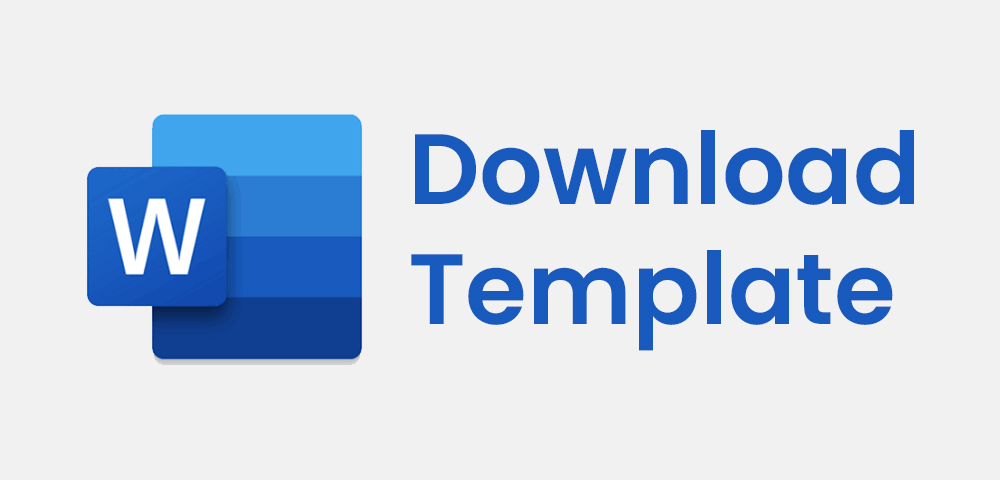THE EFFECTIVENESS OF ORAL TESTS AS AN ASSESSMENT TOOL FOR ARABIC AT THE NURUL HUDA ISLAMIC BOARDING SCHOOL IN SUKAWINATAN
Abstract
This study investigates the effectiveness of oral tests as an assessment instrument for Arabic speaking skills at Pondok Pesantren Nurul Huda Sukawinatan. Using a mixed-methods approach with a sequential explanatory design, the research combines a quasi-experimental pretest-posttest control group design with qualitative data from interviews and observations. Quantitative analysis, specifically the independent sample t-test, showed a significant improvement in the speaking skills of the experimental group (p < 0.05), demonstrating the positive impact of oral testing. The average score of the experimental group increased from 61.4 in the pretest to 82.7 in the posttest, reflecting substantial progress after the treatment. This finding is supported by qualitative data, which revealed that oral tests provide a more authentic evaluation, boost student motivation, and encourage practical speaking practice. The study concludes that oral tests are highly effective for assessing Arabic speaking skills in this context, offering a valuable contribution to authentic assessment literature and providing practical recommendations for educators, language teachers, curriculum designers, and future researchers.
Keywords
Full Text:
PDFReferences
Aghbashlo, M., Hosseinzadeh-bandbafha, H., Shahbeik, H., & Tabatabaei, M. (2022). The role of sustainability assessment tools in realizing bioenergy and bioproduct systems. 35, 1697–1706. https://doi.org/10.18331/BRJ2022.9.3.5
Aswari, N. N., Nuraida, N., Nazarmanto, N., & Hasnah, N. N. (2022). Manajemen Pondok Pesantren Aulia Cendekia Palembang Untuk Meningkatkan Keterampilan Santri Dalam Berdakwah. Jurnal Dakwah, Yonetim: Jurnal Manajemen, 5(2), 96–118.
Fauzi, A., & Rahmawati, S. (2025). Evaluation of Speaking Competence in Arabic Language Learning : A Performance Assessment Approach. International Journal of Arabic Studies, 2(1), 12–22.
H.Hamidah, M., & Wulandari, S. sri. (2021). PENGEMBANGAN INSTRUMEN PENILAIAN BERBASIS HOTS MENGGUNAKANAPLIKASI “QUIZIZZ.” Efisiensi Kajial Ilmu Administrasi, 18(1), 105–124. https://doi.org/https://doi.org/10.21831/efisiensi.v18i1.36997
Hanisaniyya, N., Imron, K., Prasetyo, B., Fajriya, A. F., & Nisa, H. (2025). Lingkungan Multikultural dalam Belajar Bahasa Arab di SMA Negeri. JIIP - Jurnal Ilmiah Ilmu Pendidikan, 8(3), 2695–2704. https://doi.org/10.54371/jiip.v8i3.7231
Hidayah, N., Mukmin, M., & Eltika, L. (2023). Konsep Aritmetika pada Perubahan Kata Bahasa Arab. Kalamuna: Jurnal Pendidikan Bahasa Arab Dan Kebahasaaraban, 4(2), 153–169. https://doi.org/10.52593/klm.04.2.04
Hidayah, N., Mukmin, M., & Marfuah, S. (2023). The Correlation between Arabic Learning Motivation and Arabic Language Competence of Education Study Program Students in Post- COVID-19 Pandemic. Jurnal Al Bayan: Jurnal Jurusan Pendidikan Bahasa Arab, 15(2), 380. https://doi.org/10.24042/albayan.v15i2.17453
Hidayah, N., Mukmin, M., & Rahma, M. (2021). Kecerdasan Dan Kepribadian Siswa di SMP IT Fathona Palembang Dan Pengaruhnya Terhadap Kemampuan Berbicara. Taqdir, 7(1), 115–130. https://doi.org/10.19109/taqdir.v7i1.8455
Imron, K., Irmansyah, I., Nurhusna, N., Maimunah, I., & Hajib, Z. A. (2023). A New Model of Kalam Material Through Cybernetic Approach: Development Stages and The Influence Towards Speaking Skill of Students. Jurnal Al Bayan: Jurnal Jurusan Pendidikan Bahasa Arab, 15(1), 207–223. https://doi.org/10.24042/albayan.v15i1.16199
Irmansyah, I., & Pratiwi, L. (2021). Model Pembelajaran Seven Power Key Dalam Pembelajaran Bahasa Arab Di Smp It Fathonah Palembang. Al-Mashadir, 1(1), 30–46. https://doi.org/10.30984/almashadir.v1i1.85
Madiha, S. (2024). The Assessment of Oral Expression in the EFL Classroom: Teachers’ Practices. Aleph, 11(1), 227–240.
Mansur, A., & Nurani, Q. (2022). Implementasi Nilai Keagamaan dalam Sistem Full Day School dan Boarding School di SMP IT Sumatera Selatan. Tadrib: Jurnal Pendidikan Agama Islam, 8(1), 126–144.
Muhammad, K. I. I. (2024). Utilizing Interactive Media to Enhance Arabic Literacy in Secondary School Students. IJ-ATL (International Journal of Arabic Teaching and Learning), 8(2). https://doi.org/https://doi.org/10.33650/ijatl.v8i2.10364
Mukmin, M., Hidayah, N., Yusuf, M., & Siska, S. (2025). The Contribution of Self-Directed Learning to Arabic Language Materials to the Improvement of Students’ Writing Literacy. Al-Irfan: Journal of Arabic Literature and Islamic Studies, 148–165.
Nurani, Q. (2022). Hiwar Method In Increasing The Speaking Skill Of Ma’had Al-Jami’ah Students. An-Nida, 11(2), 117–122.
Prasetyo, B., Noer, Z., & Fajri, F. (2024). تعليم كتاب حسن الصياغة في ترقية علم البلاغة. 343–356.
Purnama, N., Muhammad, K., & Yani, A. (2025). Effectiveness of Quantum Learning-Based Speech Skills Learning Using Flipbook Media. Journal of Arabic Language Teaching, 5(1), 33–44.
Sabana, R., & Imron, K. (2024). Pengembangan Materi Qiraah Berbasis Pendekatan Saintifik dengan Media Pixton Komik di MTsN 1 Palembang. Arabia, 16(1), 91–106.
Wasilah’ Wasilah, N Nazarmanto, ST Utami, N. H. (2024). COOPERATIVE LEARNING IN ARABIC WRITING SKILL WITH MEDIA CHAIN WORD FLAG. Proceeding International Conference on Islam and Education (ICONIE), 25–37. https://proceeding.uingusdur.ac.id/index.php/iconie/article/view/1688
Wasilah, W. (2022). The development of teaching Arabic through Higher Thinking (HoTS) for students of the Islamic Boarding School in South Sumatra. An-Nida, 10(3), 123–132.
Y Yuniar, F Hidayati, T. A. (2020). Tatwir Barnamij Wondershare Quiz Creator ‘ala al-Kitab al-‘Arabiyyah baina Yadaik Kamasdar Ta’lim al-Mustaqil. Jurnal Al Bayan: Jurnal Jurusan Pendidikan Bahasa Arab, 120–127.
Yang, H., Xiao, J., Cui, S., Zhang, L., & Chen, L. (2023). Oral Health Assessment Tools for Elderly Adults : A Scoping Review Oral Health Assessment Tools for Elderly Adults : A Scoping Review. Taylor and Francis, 2390. https://doi.org/10.2147/JMDH.S442439
DOI: http://dx.doi.org/10.30821/ihya.v11i3.26092
Refbacks
- There are currently no refbacks.
Diindeks oleh:
Jurnal Ihya Al-Arabiyah © 2015 by UIN Sumatera Utara is licensed under CC Attribution 4.0 International










